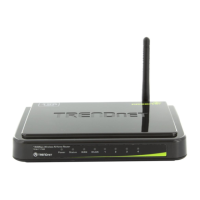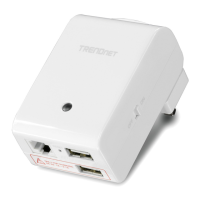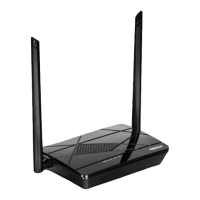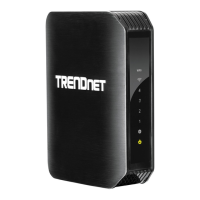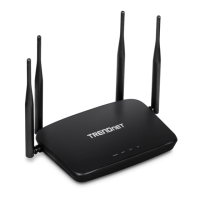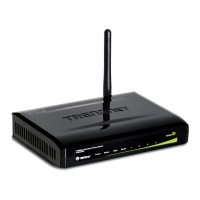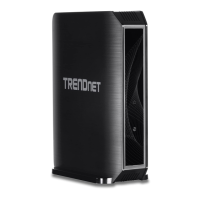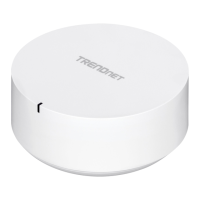© Copyright 2013 TRENDnet. All Rights Reserved.
TRENDnet User’s Guide
TEW-718BRM
5
Basic Router Setup
Creating a Home Network
What is a network?
A network is a group of computers or devices that can communicate with each other. A
home network of more than one computer or device also typically includes Internet
access, which requires a router.
A typical home network may include multiple computers, a media player/server, a
printer, a modem, and a router. A large home network may also have a switch,
additional routers, access points, and many Internet-capable media devices such as TVs,
game consoles, and Internet cameras.
• Modem – Connects a computer or router to the Internet or ISP (Internet
Service Provider).
Note: The TEW-718BRM/TEW-718BRM5 is a combination DSL modem and
router, therefore, you do not require a separate DSL modem from your ISP when
setting up this product.
• Router – Connects multiple devices to the Internet.
• Switch –Connect several wired network devices to your home network. Your
router has a built-in network switch (the LAN port 1-4). If you have more wired
network devices than available Network ports on your router, you will need an
additional switch to add more wired connections.
How to set up a home network
1. For a network that includes Internet access, you’ll need:
• Computers/devices with a Network port or wireless networking capabilities.
• A modem and Internet service to your home, provided by your ISP (modem
typically supplied by your ISP).
• A router to connect multiple devices to the Internet.
2. Set up your router. See “How to setup your router” below.
3. To connect additional wired computers or wired network devices to your network,
see “Connect additional wired devices to your network” on page 11.
4. To set up wireless networking on your router, see “Wireless Networking and Security”
on page 12.
How to setup your router
Refer to the Quick Installation Guide or continue to the next section “Router
Installation” on page 6 for more detailed installation instructions.
Where to find more help
In addition to this User’s Guide, you can find help below:
• http://www.trendnet.com/support
(documents, downloads, and FAQs are available from this Web page))
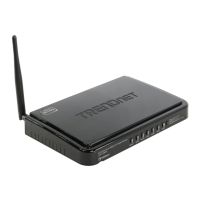
